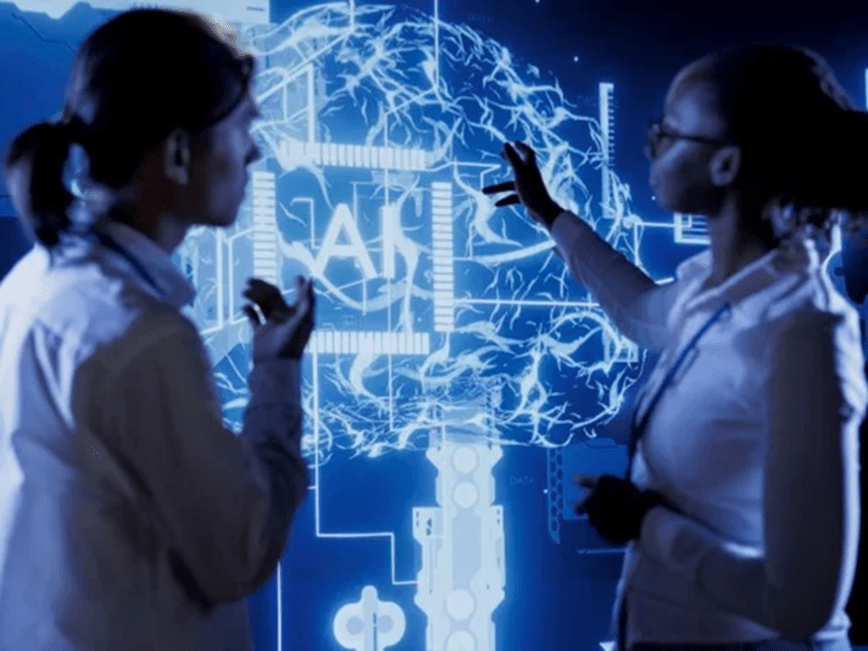
The Technology Behind the Metaverse
The Metaverse is a network of 3D worlds that can be used for socializing, commerce, and work that is being is considered to be Web 3.0. While a basic version of this can be said to have already existed for several years now, with the video game Fortnite allowing players to meet and interact in a 2D world, big changes are being predicted for the future.
Virtual communities have fast increased in importance as a vital lifestyle area for locked-down users.
In 2019, Meta, formally known as Facebook, announced Horizon Worlds, a social VR world. It promised to be a more immersive virtual reality experience than ever seen before. In 2020, it opened on a beta platform to select users. One of the big benefits to Horizon is that in addition to having virtual worlds for multiplayer gaming, it has building blocks so that any user can build VR worlds and games. It was released to all users with a Quest VR headset in US and Canada in December of 2021 and already it has over 10,000 different worlds.
Blockchain
The Metaverse is filled with virtual products and experiences, such as digital clothes or concerts, that users can purchase. However, to buy and trade these assets, cryptocurrencies must be used. This is what makes block chain so important. The blockchain service of a blockchain development company in Dubai is crucial to the security and protection of ownership of a person’s virtual assets in the metaverse. This is because blockchains are unhackable, immutable, and allow for fast transfer of information and transacting in commerce.
Augmented and Virtual Reality
AR and VR are crucial to make the Metaverse an immersive experience and to allow players to enter the worlds. AR is used to overlay virtual visuals into the real world and only requires a smart device with a camera. An example of this is Pokemon Go. Virtual Reality, on the other hand, requires a headset and gloves and completely immersive you into a virtual, three-dimensional world.
Internet of Things
IoT connects the physical and digital world, enabling data to be sent through sensors. This is crucial for the Metaverse, where a big part of it is to collect from the real world and bring it into the 3D world. IoT also helps to improve the digital reconstructions of the physical world.
Regardless of these challenges, the Metaverse is here to stay. It is capable of transforming education, the workplace, the economy, and how people socialize. It will not be long until virtual reality and the Metaverse become integrated into everyday life.








